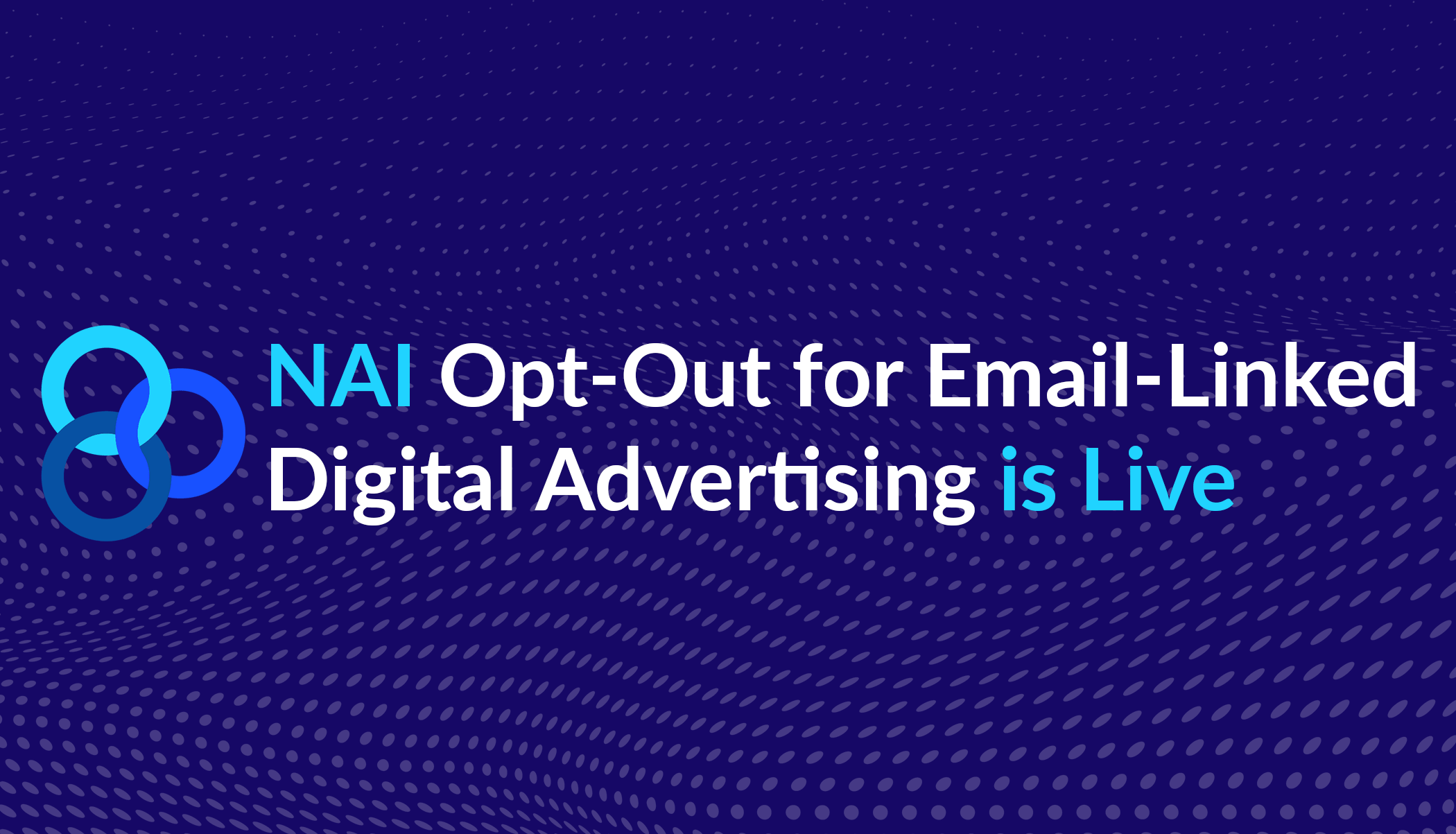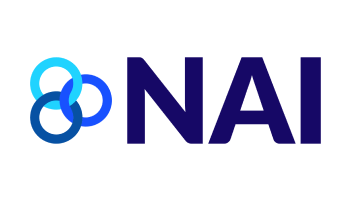AppNexus, the NAI, and the Future of Self-Regulation
| The following is a guest blog post from David Wainberg, Privacy & Policy Counsel for AppNexus and NAI Board member. |
At AppNexus we believe that third-party advertising makes the Internet better. We also believe that it is in our long-term interest to ensure a positive user experience of advertising on the Internet. In order to do so, our industry must continue striving for the highest standards in privacy and overall quality.
The NAI has long been a leader in the development of privacy policies and best practices that shape the way we do business. That’s why AppNexus is not only a member of the NAI, but also sits on the NAI Board of Directors. Being an NAI board member turns out to be a lot of work, especially these days. This is a time of exceptional change in our industry, and going forward, if we want to maintain the NAI’s relevance and effectiveness, we cannot take for granted that what has worked in the past will work in the future.
I personally have a long history with the NAI. Prior to working at AppNexus, I was employed at the NAI, and during that time, I led the creation of the NAI’s compliance review process, which, I think it is safe to say, now stands as the most robust self-regulatory compliance program of its kind. Former critics of the organization now laud the NAI’s compliance review regime. I was also there through the creation of the DAA, the Ad Choices Icon program, and the DAA opt out page that now expands to the entire ecosystem the framework of notice and choice that the NAI successfully pioneered for third parties over a decade ago.
Today, as the AppNexus board representative, I cannot understate how honored I am to serve on the NAI board with a group of extremely smart, thoughtful professionals who care deeply about the industry, the Internet, and user privacy. The NAI is a key voice in not only advocating for the interests of third parties, but also in setting a high bar for the standards under which we operate. Because the NAI is constantly evolving to keep pace with innovation and meet the challenges of the day, it is poised to lead our industry forward.
As I mentioned, our industry is in a time of especially rapid change, and there are those who continue to challenge and criticize self-regulation. It doesn’t help that we have seen in our country, in more than one industry, clear examples of the failure of industry self-regulation. These are pointed to as evidence that self-regulation cannot work.
As I sit on the NAI board and interact with my peers across member events and meetings, I am energized by the fact that we are nearly 100 third-party organizations that are like-minded and dedicated to making self-regulation work. So how do we make sure of it, and avoid becoming another example of failed self-regulation?
The answers lie in leveraging our existing strengths to shape self-regulation for the decade ahead. We, as an industry, are fast and nimble, bold, and have a talent for creative innovation.
Be fast and nimble
The argument has always been that self-regulation can better keep pace with rapidly evolving technology and business models than can government regulation. One key risk of government regulation is that it will cement things as they are in a moment of time, and the regulation will become quickly obsolete, or it will inhibit positive evolution of the marketplace, and thus lead to stagnation. But self-regulation, the argument goes, can continually adapt to the changing market, can create incentives for innovation rather than obstacles, and can even anticipate issues with proactive rather than reactive policy-making.
We need to prove this argument correct, and we need to keep proving it over and over again. In the past we’ve shown how effective self-regulation can be. Just this year, the NAI released an updated Self-Regulatory Code of Conduct and a Code of Conduct for Mobile. However, as the marketplace has become orders of magnitude more complex, we risk falling behind the pace of change. Immediately in front of us today we have issues such as statistical identification and cross-device correlation that require our attention.
In 2013, we were forced to expend a tremendous amount of time and resources on Do Not Track. In 2014, I expect we’ll have the opportunity to refocus our efforts, and get back to responding quickly to the real issues in front of us.
Be bold
One thing I want in 2014 is for us, as an industry, to get better about boldly and proudly telling things like they are. Let’s be freer to speak our collective mind.
The assault on third parties has reached a peak, with irrational and inaccurate FUD driving the debate. Too often we’re defensive and apologetic. I’ve even heard people in our own industry compare us to the oil or tobacco industries. It infuriates me to hear these comparisons because they are absolutely, 100% off-base. The third party online advertising industry adds tremendous value to the online ecosystem, without harm. Advertising powers the Internet. And thanks to the self-regulatory approach pioneered by the NAI, we do it in a responsible manner.
It’s time we take a more active role in shaping the story that’s told about us, and ensuring that story is true and reflects the positive contributions that we make.
Be creative
Just because things have been done a particular way for a decade doesn’t mean we must or should do the same for the next decade. We’re not afraid of change when it comes to our technology and our businesses. Why shouldn’t we also be willing to pivot and part with the past when it comes to policy? In 2014 we need to be willing to re-evaluate our current frameworks for privacy self-regulation.
I want to ask this question, and I mean it as a serious question, not rhetoric. For many years, notice and choice has been the predominant framework for privacy, and not only in our industry. But is notice and choice the complete answer for the digital world ahead? Will it be adequate as the core of our framework in the future to protect consumers’ privacy, or should we do more in terms of data minimization or other controls?
I’d like us to think about that in 2014, and to start putting resources into exploring supplements and alternatives to the notice and choice framework. Can we as an industry embrace privacy by design, and build privacy into our business models and products such that we do not overburden the notice and choice approach? I hope so.
That’s my view of what we need to do to keep self-regulation healthy. Our industry is growing and maturing. We have incredible diversity and innovation in our market. Advertising continues to fuel new content and services online. We’ve had an amazing run up to this point, but there’s even more greatness ahead of us. It’s not a time to rest on our past accomplishments, but rather to step up and go further. The NAI is poised to help us do that, and I am looking forward to working with NAI Staff and all NAI member companies to make it happen.
—
The views and opinions expressed in this blog are those of the authors and do not necessarily reflect those of the Network Advertising Initiative and/or any other contributor to this site.








